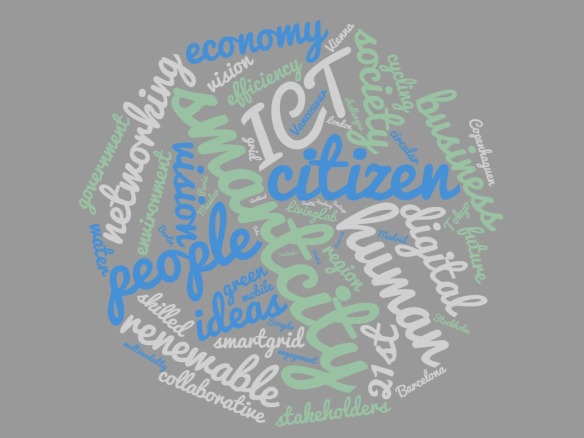
Big issues into small pieces to make better cities. Image by INTVGene at flickr
The First Industrial Revolution caused the massive arrival of people to cities attracted by the need for labor in the factories estblished there which offered them more stable income than those they get from their work on the fields. Since then the process of urbanization in the world has been increasing, there are more and more people living in urban areas while rural ones get depopulated, a phenomenon that started in Europe and the Americas which is now occurring especially in Africa and Asia.
The number of large urban agglomerations and megacities in the world is growing, as well as the number of people living there. According to UN statistics (*), in 1980 there were 19 urban agglomerations with a population between 5 and 10 milions, and 5 urban agglomerations (Tokyo, Osaka, New-York-Newark, Mexico City and Sao Paulo) with more than 10 milion, which means that there were 225 million inhabitants in all of them. According to the data of 2012, nowadays there are 41 and 26 respectively, with a total population of about 700 million. Managing these megacities is a very complex task, not only by the huge amount of people living there, but also by their extension, both factors making difficult the efficient management of the basic services these cities must offer to their citizens. Continue reading





